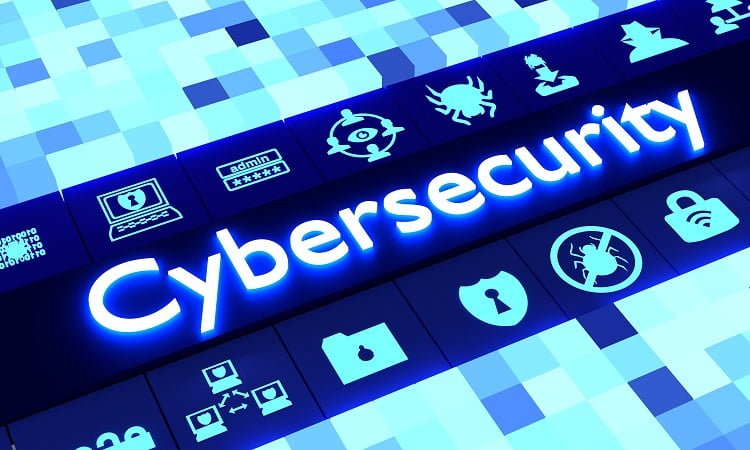What is Cybersecurity?
Cyber protection is the way to ensure confidentiality, privacy and the availability of information by preventing unlicensed access and unauthorized use of networks, computers and data. These items are now apparently computer based and on the Web–connectivity (for instance, e-mail, smartphones, tablets), amusements (for example, interactive video games, social media, applications), transportation (for example, navigation systems), shopping (for instance, shopping on line, credit cards), medicine (for example, medical equipment, health records)–and the list continues. The list continues. How much technology depends on your daily life? How much of your personal data is store on your own device, smartphone and tablet or another machine?
What are the risks to having poor cybersecurity?
Several threats exist, some are more serious than others. Among these hazards are ransomware erasing all your files, a file manipulation attacker in your system or an intruder who uses your computer to target others, or an attacker who steals information about your credit card and makes unlicensed purchases? Even with best precautions you won’t be able to do some of these things, but you can take steps to reduce risks.
What can you do to improve your cybersecurity?
The first step in protecting yourself is to recognize the risks. Familiarize yourself with the following terms to better understand the risks:
- Hacker, attacker, or intruder – Such terms apply to individuals trying to use software and computer systems vulnerabilities for their own benefit. While sometimes their motives are benevolent and curious, their actions are usually contradictory to the intended use of the tools they use. The findings that range from pure intent (creating a virus that does not deliberately cause a negative impact) to malicious activity.
- Malicious code – Unwanted files or programs that can damage your computer or compromise your computer’s data, malware. It a range of malicious code classifications include viruses, worms and Trojan horses. The may have the following characteristics:
- It might require you to actually do something before it infects your computer. This action could be opening an email attachment or going to a particular webpage.
- Many types of malware do not spread and usually exploit the vulnerability of apps. The malware can try to find and exploit other machines after the victim’s computer has been compromised. It can also spread via email, websites or network-specific software.
- Some malware claims to be one thing, while in fact doing something different behind the scenes. For example, a program that claims it will speed up your computer may actually be sending confidential information to a remote intruder.
- Vulnerabilities – Vulnerabilities are software, firmware or hardware vulnerabilities that an attacker can exploit for unauthorized behavior within a program. They may be due to programming errors in applications. Attackers use these bugs to infect malware on computers or to perform other malicious activities.
To minimize the risks of cyberattacks, follow basic cybersecurity best practices:
- Keep software up to date. Install patches to software so that attackers do not exploit known issues or vulnerabilities. Most operating systems have updates automatically. If you have this choice, you should trigger it.
- Run up-to-date antivirus software. An essential defense against suspected malicious threats is a trustworthy antivirus software program. It can detect, quarantine and uninstall various malware types automatically. Allow automatic virus description updates so that full security against recent threats is guarantee.
- Use strong passwords. Pick passwords for attackers that are difficult to create and use various passwords for various devices and programs. Long and strong passphrases or passwords consisting of at least 16 characters should be used.
- Change default usernames and passwords. Generic usernames and passwords for malicious actors are easily accessible. Upgrade your default passwords to a strong and unique password as soon as possible.
- Implement multi-factor authentication (MFA). Authentication is a user identification method. Attackers also take advantage of poor authentication. For authenticate a user identity, MFA requires at least two ID elements for minimize the risk that a cyber-intruder will access the account if he knows the username and password.
- Install a firewall. Firewalls can prevent certain kinds of attack vectors by stopping malicious traffic and by restricting unwanted outbound communications before it can reach a computer system. There are firewalls in some operating device systems. Enable and configure the firewall according to the manual for computer or machine owner.
- Be suspicious of unexpected emails. Phishing e-mails are one of the most common threats for the average user. The aim of a phishing email is to collect information, steal money or install malware on the computer. Suspect all unintended emails.

Read more >> Difference between SSL and SiteLock



